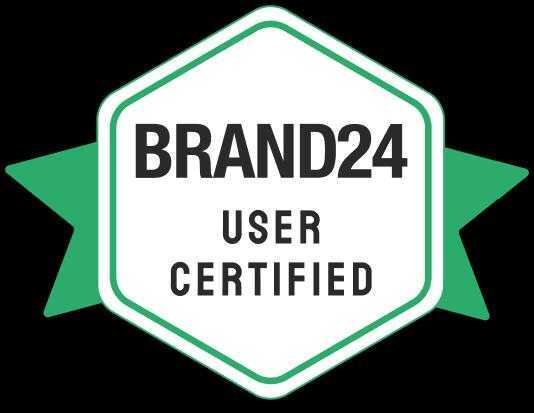Introduction
In today's digital landscape, having a well-crafted digital strategy is crucial for startups and Small to Medium-sized Enterprises (SMEs) seeking to establish a strong online presence, engage with customers, and drive growth. A digital strategy aligns with business goals, leveraging digital channels to reach new audiences, enhance customer experiences, and stay competitive. This blog post explores the key components and insights for crafting a winning digital strategy tailored to startups and SMEs.
What is a Digital Strategy?
A digital strategy is a comprehensive plan that outlines how a business will use digital channels to achieve its goals. It involves understanding the target audience, selecting appropriate digital platforms, and allocating resources effectively to maximize return on investment (ROI). A well-defined digital strategy ensures that all digital efforts are aligned with overall business objectives, whether they are focused on customer acquisition, retention, or brand awareness.
Key Components of a Digital Strategy
Crafting a successful digital strategy involves several key components:
-
Market Analysis: Understand your target audience, including their preferences, behaviors, and pain points.
-
Digital Channels: Select the most effective digital channels for reaching your audience, such as social media, email marketing, or search engine optimization (SEO).
-
Content Strategy: Develop a content plan that resonates with your audience and supports your business goals.
-
Budget Allocation: Allocate resources effectively across different digital channels to maximize ROI.
Implementing a Digital Strategy
Implementing a digital strategy involves several steps:
-
Set Clear Goals: Define what you want to achieve through your digital strategy, aligning goals with business objectives.
-
Conduct Market Research: Gather insights about your target audience and market trends.
-
Choose Digital Tools: Select digital platforms and tools that align with your strategy.
-
Monitor and Adjust: Continuously monitor performance and adjust strategies as needed.
Common Challenges and Solutions
While implementing a digital strategy, startups and SMEs often face challenges such as limited resources and staying up-to-date with digital trends. To address these:
-
Resource Management: Prioritize investments in digital channels that offer the highest ROI.
-
Staying Informed: Stay updated on the latest digital trends and best practices to ensure your strategy remains effective.
Conclusion
Crafting a winning digital strategy is essential for startups and SMEs seeking to thrive in today's competitive digital landscape. By understanding the key components and challenges of digital strategy development, businesses can create effective plans that drive growth, enhance customer engagement, and establish a strong online presence.
















